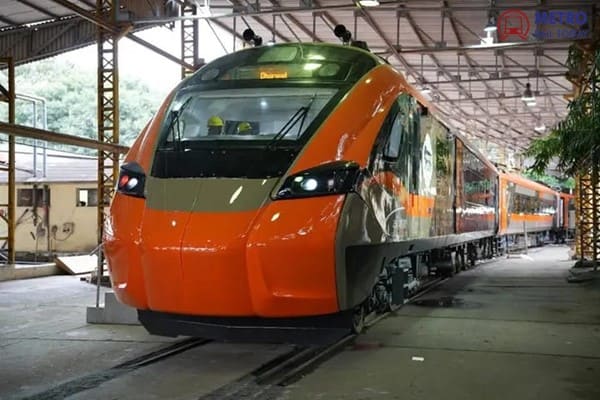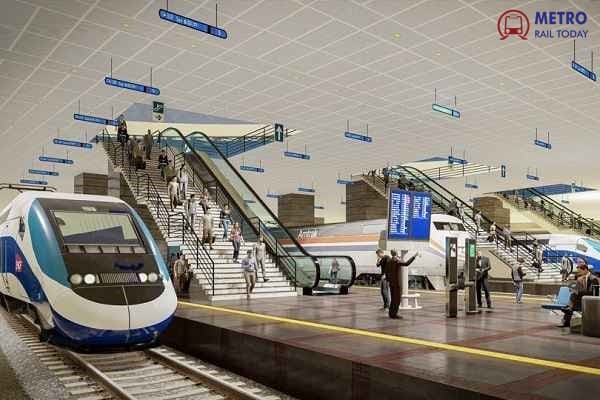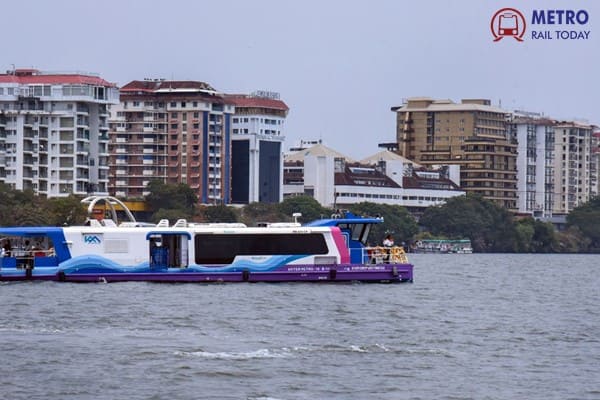 Kochi Metro bags contract to prepare DPR for Mumbai Water Metro Project
Kochi Metro bags contract to prepare DPR for Mumbai Water Metro Project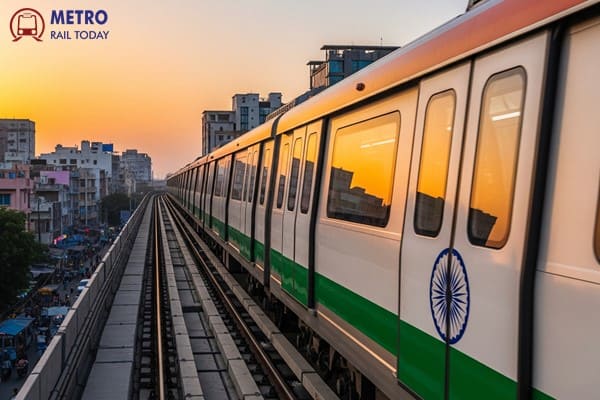 Six Firms Bid for first Civil Work Contract of Thane Metro Rail Project
Six Firms Bid for first Civil Work Contract of Thane Metro Rail Project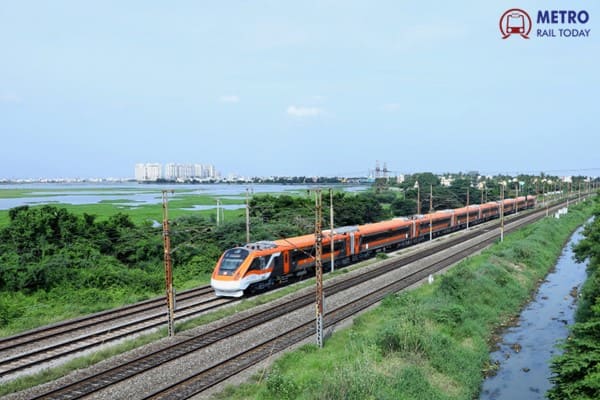 Kineco Group acquires UK-Based TRB Lightweight Structures to bolster Global Rail Interiors Business
Kineco Group acquires UK-Based TRB Lightweight Structures to bolster Global Rail Interiors Business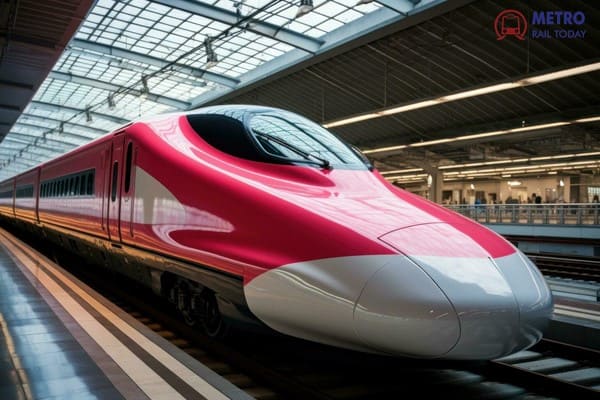 BEML partners with Knorr-Bremse to equip India’s First High-Speed Trains
BEML partners with Knorr-Bremse to equip India’s First High-Speed Trains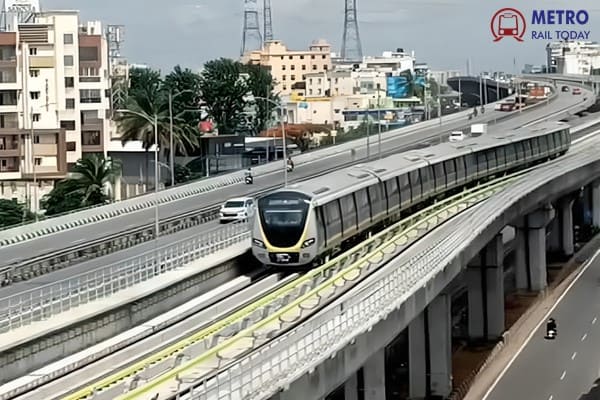 Bangalore Metro likely to procure 6 Additional Trains from BEML to ease Yellow Line congestion
Bangalore Metro likely to procure 6 Additional Trains from BEML to ease Yellow Line congestion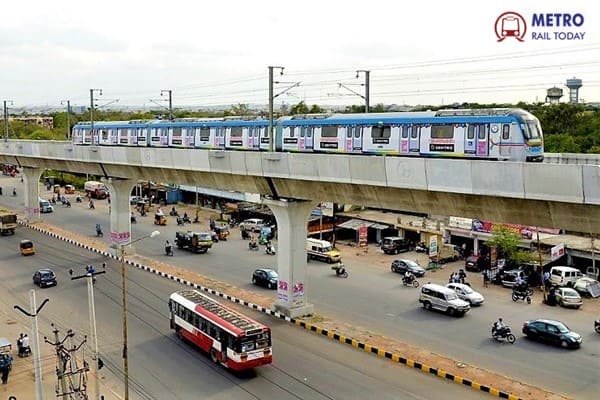 L&T proposes Hyderabad Metro Phase 1 handover to Telangana Govt amid Phase 2 expansion plans
L&T proposes Hyderabad Metro Phase 1 handover to Telangana Govt amid Phase 2 expansion plans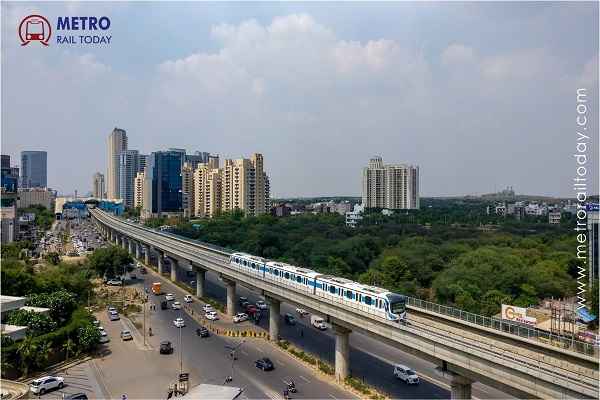 HMRTC to award DPR Contract for Sohna Road and Sheetla Mata Road Metro Corridors in Gurugram
HMRTC to award DPR Contract for Sohna Road and Sheetla Mata Road Metro Corridors in Gurugram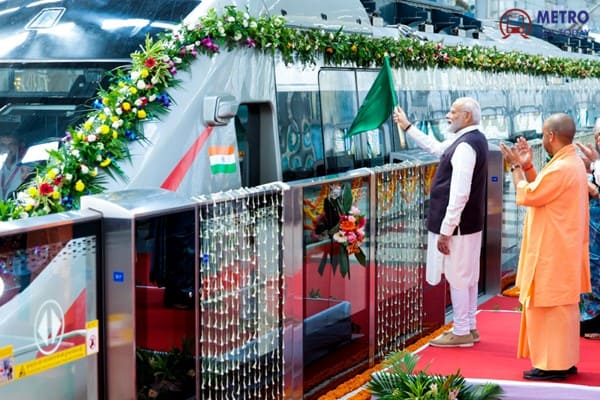 Namo Bharat Transforms NCR Mobility, Puts Uttar Pradesh on Track for High-Speed Growth
Namo Bharat Transforms NCR Mobility, Puts Uttar Pradesh on Track for High-Speed Growth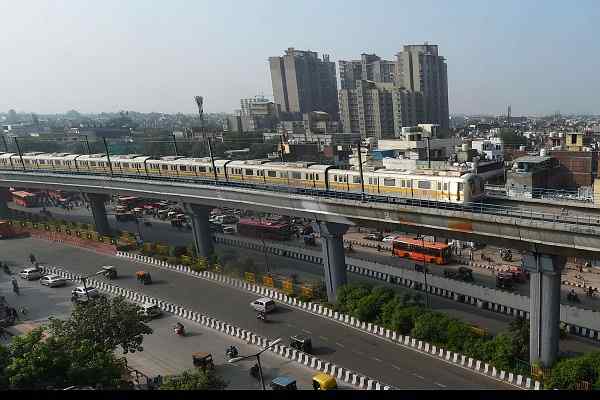 Alstom bags €42 Million, 10-Year Maintenance Contract from Delhi Metro Rail Corporation
Alstom bags €42 Million, 10-Year Maintenance Contract from Delhi Metro Rail Corporation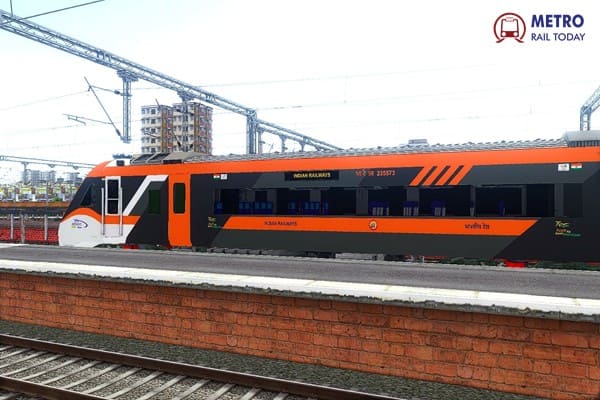 MRVC floats ₹21,000 crore Tender for 2,856 Vande Metro Suburban Coaches for Mumbai Region
MRVC floats ₹21,000 crore Tender for 2,856 Vande Metro Suburban Coaches for Mumbai Region
Rolling Stock Exports – Indian Business that Needs to Grow
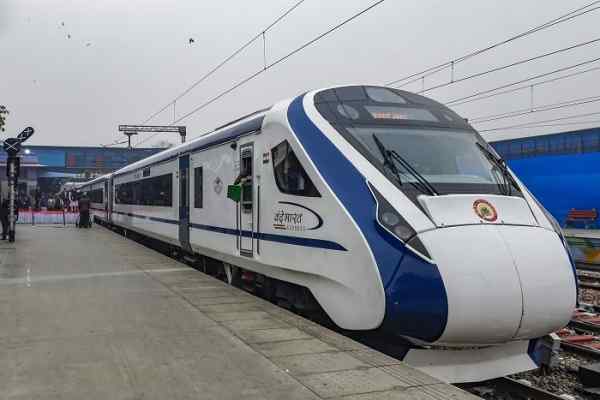
Hon’ble Railway Minister’s statement in the Parliament on the 17th of March may come as a surprise to many that India is emerging as an exporter of Rolling Stock. The Production Units of Indian Railways have been active players, for decades, in the competitive world market of Rolling Stock, i.e. Passenger Coaches, Diesel Locomotives and Diesel Electric Multiple Units (DEMUs).This is not a new or recent phenomenon. IR has been exporting rolling stock for over fifty years. A summary is given hereunder:
Diesel Locomotives
The Diesel Locomotive Works (DLW), now BLW, regularly exports locomotives to other countries such as Nepal, Mali, Senegal, Tanzania, Angola, Mozambique, and Vietnam, and Sri Lanka. The first diesel locomotive was exported to Tanzania as early as in the year 1976. IR has also exported remanufactured locomotives to many countries in addition to new stock. The DLW has also been a supplier of choice for non-railway diesel loco users, such as ports, power-plants, steel plants, and coal companies. Over 175 locomotives have been exported and nearly 650 to non-railway users in India. DLW/BLW has also supplied DG Sets for critical power backup to the Nuclear Power Corporation.
Passenger Coaches
Likewise, the Integral Coach Factory also exports railway coaches to other countries. and the factory has since exported 875 bogies and coaches to over 13 Afro-Asian countries, Angola, Bangladesh, Mozambique, Myanmar, Nepal, Nigeria, Philippines, Sri Lanka, , Taiwan, Tanzania, Uganda, Vietnam, and Zambia. The first export was of 47 coaches to Thailand as early as in1967. ICF has also supplied special coaches for movement of troops to the Army and other classified purposes. Of late the newer units, viz. RCF and MCF have also found ready international buyers for their produce.
As can be seen, Indian Railway’s Production Units have been exporting rolling stock since 1967. They are also maintained and serviced by Indian Railway personnel till the local engineers and artisans become adept at it.
Private Sector Export
Private Sector has been a recent entrant in the export of India-made rolling stock in the world market primarily in the Metro Rail Sector. Bombardier-ALSTOM have been exporting for many years. Titagarh is a new player. That they have exported to discerning European and Australian markets is particularly commendable. Indian Railways, as a Ministry, has had no role in their ventures. Their success has come after years and decades of patience, high-quality design and world class manufacturing setups.
Recent efforts by the Marhowra Diesel Loco Factory towards export of India-made diesel locomotives is another success story of the Indian private sector. The Marhowra factory was setup by GE, now Wabtec, with a minority share of Indian Railways and the contract had enabled GE to export after meeting local needs.
What Gives Confidence to Foreign Buyers?
Trains and Locomotives have long working life – twenty to thirty years. This is far longer than the lifespan of an automobile or a consumer durable. Besides, trains are pubic transport and safety is of paramount importance. It is therefore expected that the buyer looks for a reliable, safe, easy-to-maintain, and low lifecycle cost designs. Demonstration of these attributes is often achieved by long term use of the rolling stock in the home country that manufactures them or some relatable variant of the design on offer. This is also the case in rolling stock exports from India. Whether it is locomotives, mainline passenger coaches, DEMUs, or metro coaches, the strength to export them from India was built up after years and decades of local use. A robust supply-chain to help maintain these stocks long-term is also an essential factor.
Are the Indian Industry and the Government Doing Enough?
The current level of exports from India doesn’t even scratch the surface of the worldwide railway business of US$51 billion. A lot needs to be done by way of government policy and private enterprise to capture a significant slice of the pie.
- Special Economic Zones – Railway vehicles, by the nature of their size and manufacturing process, require large areas to setup factories. Tax relief on import and manufacture of subassemblies, design and exports to be offered.
- Import of technology and R&D Centres for indigenous technology development to be encouraged.
- A workable industry-academia interface needs to be developed.
- Indian Railways’ own Production Units need to be synergized into a conglomerate on the lines of the CRRC of China, which has over forty companies under one umbrella.
- Diesel Loco technology in India, which is heading towards oblivion, must be revived. There is a vast market for Indian diesel locos waiting to be tapped what with our ultra low prices. The potential spin-off gains to the industry at large is huge.
- A Test Track for extensive testing and design prove out – Test tracks can test rail vehicles of various gauges, applications at different speeds and track conditions. Fortunately, the long overdue Indian test track is being built in Rajasthan and is nearing completion. This should be opened to private builders of rolling stock in much the same way Army’s armament test ranges have been opened to private players.
Conclusion
It is essential that we recognize the good work that has been done by Indian Railways’ manufacturing units and encourage them to develop new designs and build. This is a highly competitive business, and these units need to be free from the fear of Railway Vigilance and enquiries by authorities, who don’t understand complex manufacturing. There is also a need to empower the management of these units to at least the levels of those of Maha Ratna PSUs. This is easily within sight and can be done tomorrow.
This article is authored by Mr. Shubranshu, Former CAO, Rail Wheel Plant, Bela.





